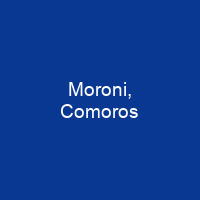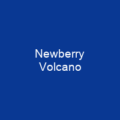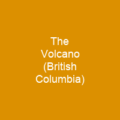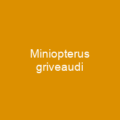Moroni is the capital of the semi-autonomous island of Ngazidja, the largest of the three main islands of the Comoros republic. The Badjanani mosque, built in 1427, is a testament to the city’s wealth, contemporary with the golden ages of other Swahili cities.
About Moroni, Comoros in brief

The average annual rainfall is 2,700 millimetres and it rains on average less than 100 mm on October 1. The island has a rocky volcanic coastline, mostly without beaches. The Karthala volcano is dormant and is also an attraction for hiking when the volcano is not in use. The oldest mosque is the Ancienne Mosquée de Vendredi, which is the oldest mosque in the Medina. The old city centre is similar to but smaller than the old town of Lamu. There are a few hotels and a few nightclubs. The town centre contains a maze of narrow alleys and ancient buildings but is poorly maintained. The historic town centre, the Medina, contains a Maze of narrow. alleys, ancient buildings and an old town centre.
You want to know more about Moroni, Comoros?
This page is based on the article Moroni, Comoros published in Wikipedia (as of Dec. 30, 2020) and was automatically summarized using artificial intelligence.







